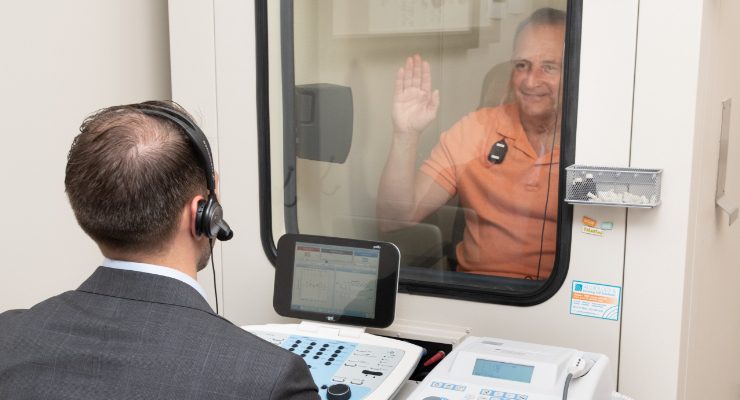
It’s a reasonable question considering hearing loss is one of the most prevalent health conditions in the United States. There is no quick fix to reverse your hearing loss, but you may be able to restore some of your hearing with the right treatment.
Types of Hearing Loss
Sensorineural: This is the most common form of hearing loss. It’s caused by damage to your auditory nerve or the hair cells in your inner ear.
Conductive: Damage or obstructions in the outer or middle ear leads to conductive hearing loss.
Mixed: This is a combination of conductive and sensorineural hearing loss. For example, someone may have sensorineural hearing loss that is compounded by earwax compaction.
Blockages
Conductive hearing loss can be reversed by removing the obstructions in your ear. Treatment usually involves a non-invasive procedure to clear the blockage. Your ENT doctor can safely remove excess earwax or foreign objects lodged in your ears.
Physical Conditions
Treating your hearing loss may also require surgical removal of bone growths and other abnormalities. Surgery is usually used to treat:
- Stenosis: Narrowing of the ear canal.
- Exostoses: Thickening of the bones surrounding your ear canal.
- Otosclerosis: Irregular growth in the stapes bones of your middle ear.
Ear Infections
The inflammation and fluid build-up caused by ear infections may result in temporary hearing loss. Luckily, you can reverse the effects of infections with the right antibiotic. Injected and oral steroids also treat the inflammation that creates temporary hearing loss.
Age-Related and Noise-Induced Hearing Loss
Your hearing loss might be the result of aging or exposure to loud noises. Both causes lead to sensorineural hearing loss, which is irreversible.
The best options to treat that type of hearing loss are:
Hearing aids: There are numerous hearing aid styles that can improve your hearing ability, though they cannot reverse the damage.
Bone-anchored hearing aids (BAHA): These surgically implanted mechanisms are attached to the mastoid bone behind your ear and convert sound into vibrations sent directly to the inner ear.
Cochlear implants: These devices bypass the cochlea – a spiral-shaped cavity in your inner ear – to send electrical signals to your auditory nerve that your brain translates into sound.
Are you ready to treat your hearing loss? Call Audiology & Hearing Aid solutions at 888.473.8702 or contact us online to schedule an appointment.



